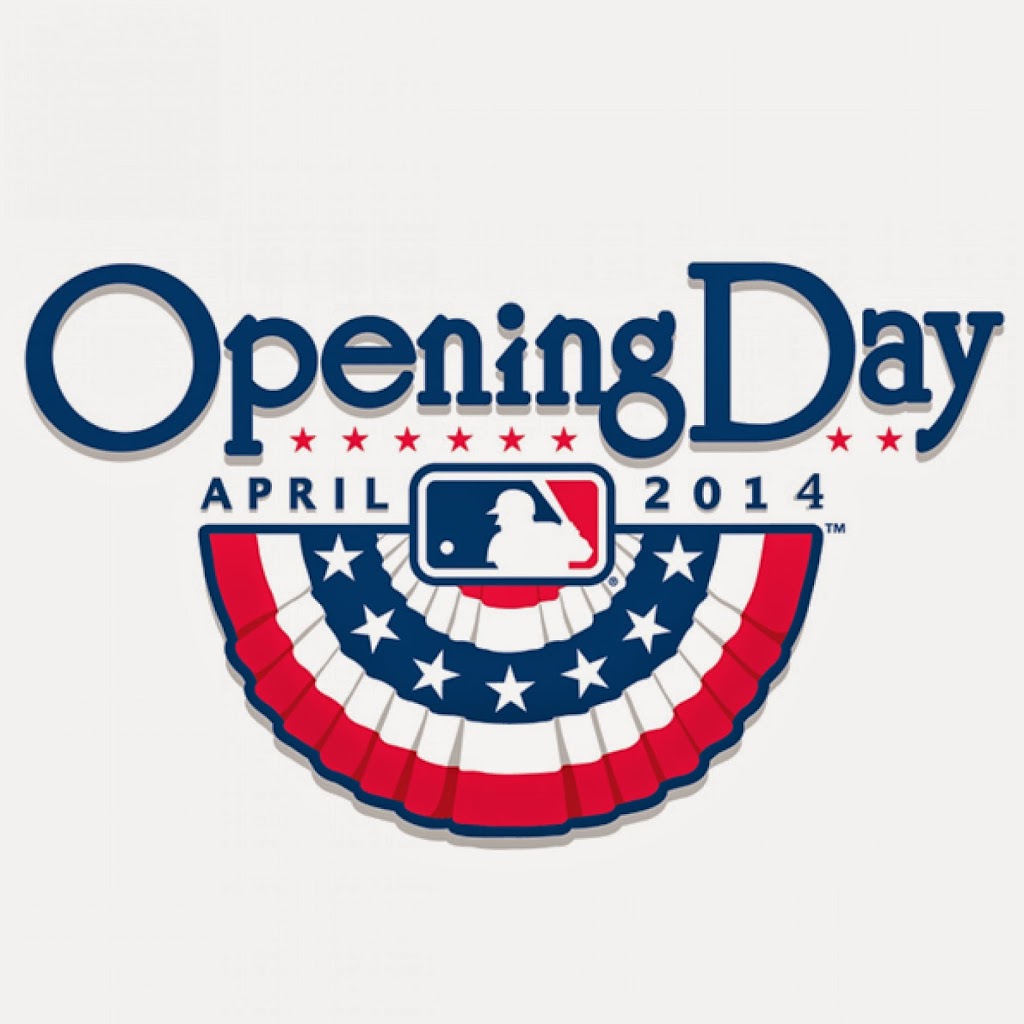Last week the cry of “Play Ball” echoed across the nation, and baseball fans cheered. Some just louder than others. Normally, we would have released the results of our 22nd annual Brand Keys Sports Fan Loyalty Index before the first pitch, but because being a fan is such an emotional phenomenon, this year we decided to wait for fans to put just a little distance between opening day buzz and the actual fan loyalty scorecard.
The Brand Keys Sports Fan Loyalty Index provides metrics that correlate very, very highly with viewership and purchase of licensed merchandise, and via interviews with 250 self-declared fans in each team’s SMSA it provides more than just gate-count. The Sports Loyalty Index was designed to help professional sports team management identify precise fan loyalty rankings in their home and national markets and provide insights that identify areas, particularly emotional ones, that need strategic brand coaching.
Current 2014 MLB top-5 loyalty leaders and bottom-5 basement team standings are listed below (Note: #’s in parentheses are team rankings for 2013)
Top-5 Teams – 2014 2013 Rankings
1. St. Louis Cardinals (#4)
2. Philadelphia Phillies (#2)
3. Boston Red Sox (#6)
4. Atlanta Braves (#5)
5. San Francisco Giants (#3)
Bottom-5 Teams – 2014 2013 Rankings
30. Houston Astros (#30)
29. New York Mets (#26)
28. Seattle Mariners (#27)
27. Arizona Diamondbacks (#20)
26. Colorado Rockies (#21)
The four emotional drivers of fan loyalty include:
Pure Entertainment:
How well a team does. But more importantly than the win-loss ratios, how exciting is their play? Sure, everybody loves a winner, but it’s important to note that win/loss ratios do not entirely govern fan loyalty. Even winning a World Series doesn’t immediately jump a team to the top of the loyalty list. It can add up to 20% to a team’s loyalty strength and that certainly moves you up the list, but it doesn’t load the loyalty bases for a team if you are deficient in the other three areas, which are emotionally-based factors that must be taken into account:
Authenticity: How well they play – as a team. And what support is provided for that? A new stadium is an icon for genuineness and substance being invested in the team. But more often – because it happens more often – a new manager can help lift this driver. It signals a change and when it is seen to affect how the team plays as a team, loyalty levels usually move up. It certainly didn’t hurt the Phillies. But you can’t buy Authenticity. The Yankees (now #6) had the highest payroll in baseball last year, nearly twice that of the Cardinals. Look who’s #1.
Fan Bonding: Are players particularly respected and admired? We recognize that professional baseball players are the best-of-the-best, but if you really have to think about “who might that be on my team?” or “Hmmmm, let me think,” or “Wait! Jeter. Oh, right. Never mind,” your score on the Fan Bonding driver is likely to take a bad hop.
History & Tradition: Is the game and the team part of fans’ and community/family rituals, institutions and beliefs? This is most emotional of values when it comes to Major League Sports, and is the driver that drives fans to angry outbursts when their team is at the bottom of the loyalty roster. It is also often the fan loyalty driver that accounts for nearly all the loyalty that exists for a team. For example, it’s worth noting it’s been 106 years since the Chicago Cubs won a World Series, and 69 years since they won a National League pennant, but they always fall into the top-5 teams when it comes to strength on the History and Tradition driver. It’s good to be strong there, but you need some strength in the other drivers as well. Otherwise, after a while, the team can find itself being called “out” by the folks who are supposed to be fans.
All teams – all brands, for that matter – can benefit from increased loyalty levels as they are leading-indicators of positive consumer behavior (however you define that for the category in which the brand competes), but as baseball is traditionally called America’s “National Pastime,” there’s a real emotional connection for fans. And, as this just the start of the 2014 season, we can offer fans whose teams are not at the top of this year’s list, a nod a and a quote from Hall of Famer, Yogi Berra: “It ain’t over till its over.”
For fans of other sports, 2014 rankings for the NBA will appear just before playoffs later this month, the NHL in time for the Stanley Cup, and the NFL rankings in time for their kickoff in September.
In the meantime, “Go (FILL IN THE NAME OF YOUR TEAM HERE)!”
Connect with Robert on LinkedIn.
Find out more about what makes customer loyalty happen and how Brand Keys metrics is able to predict future consumer behavior: brandkeys.com. Visit our YouTube channel to learn more about Brand Keys methodology, applications and case studies.
Share this:

